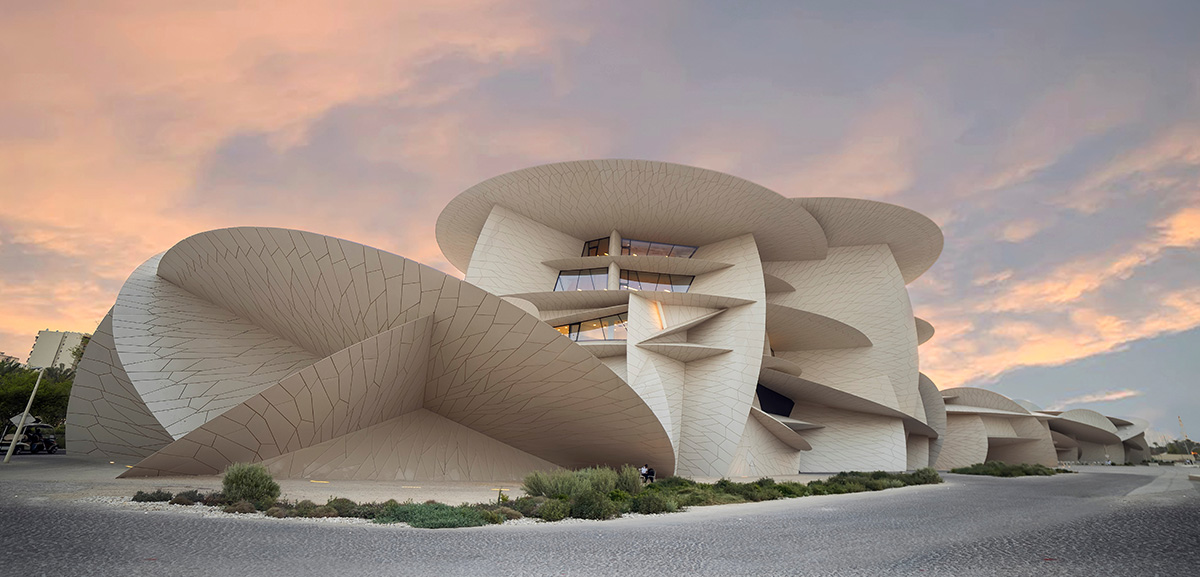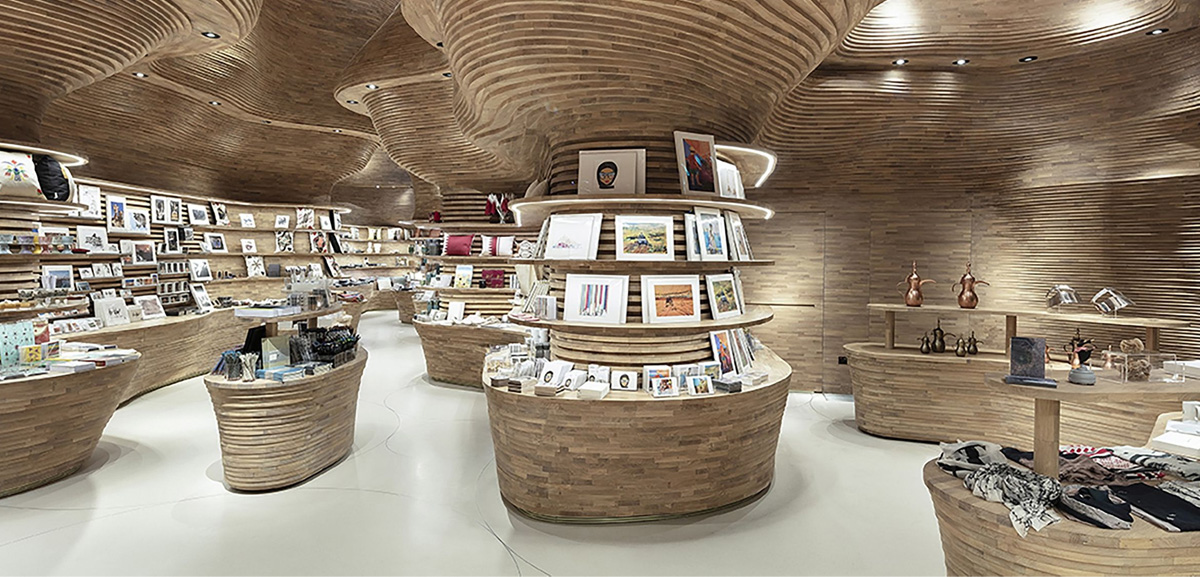You don’t need a lot of space to grow fresh vegetables, herbs and fruits. You don’t really even need a garden. Plant breeders know that after taste, home gardeners want a high yield in a small space, so they’ve been developing more varieties that can grow in a small foot print or even live in containers all year long.
The Small Vegetable Plot
Vegetable gardening used to be the poor relation of ornamental flower gardens.
Perennial borders reigned and large, messy, vegetable gardens were hidden in the back yard, usually the domain of the man of the house. Vegetable gardens were about producing food, not beauty.
Now that vegetables have taken a more prominent place on the table, they are gaining more respect in the gardening world. And with the increased interest from home gardeners, there has been a surge in the development of new varieties: colorful novelty vegetables, heirlooms, ethnic varieties and compact growers.
You don’t need a large area to have a vegetable garden. You do need good soil, plenty of sunshine, a water source and probably a fence. If you think the deer love your Hostas, the entire woodland community is going to enjoy your vegetable garden. If you plant it, they will come.
If you have a small sunny spot in your yard, or even on your patio, you can grow vegetables. Here’s how to get started.
Siting Considerations
Sun: Vegetables need a good 6 or more hours of sun each day. Without sun, the fruits will not ripen and the plants will be stressed. Even if you are sun challenged, there are a few vegetables that can survive in light shade, lettuce and other greens, broccoli and cole crops.
Water: Vegetables also require regular watering.
Without regular water, vegetables will not fill out and some, like tomatoes, will crack open if suddenly plumped up with water after struggling without for awhile.
You can’t always rely on rain. If you have the means, a drip irrigation system is a definite plus for a vegetable garden. The new component systems are really quite easy to install and cost a lot less than most people think. And you’ll save money on water, because it goes directly to the plant’s roots. Less is lost to evaporation.
If you don’t want to opt for drip irrigation, try and site your vegetable garden near a water spigot. You’ll be more likely to water if you don’t have to drag the hose out.
Soil: This final consideration is essential. Vegetables need a soil rich in organic matter. Soil is important to the growth of all plants, but more so with vegetables, because even taste is affected by the quality of the soil. That’s part of why wine from the same grape variety can vary from region to region and why some areas grow hotter peppers than others.
If you can provide these three basics: sun, water and great soil, you can vegetable garden.
How Much Space Does it Take
Granted, a small space vegetable garden may not be enough for subsistence farming, but it will be enough to grow great tasting tomatoes, some beautiful heirloom eggplants or an endless supply of cutting greens.
Compact Varieties: If you must have a giant beefsteak tomato or a row of sweet corn, the space for growing other vegetables in your small vegetable garden will be limited. But even then, you can choose varieties that are bred to grow in small spaces. Anything with the words patio, pixie, tiny, baby or dwarf in their name is a good bet. Just because a plant is bred to be small doesn’t mean the fruits will be small or the yield will be less.
Most seeds and seedlings will tell you the mature size of the plants you are selecting. Knowing that, you can space things out and see just how much you can fit into your space. More likely however, you will do what most gardeners do and squeeze in as many seedlings as you can fit into your garden, then deal with the crowding later.
That’s one way to get a large yield from a small space, but not the best.
If you are truly short of space, interplant your vegetables with your flowers. There’s no rule that says you can’t mix the two. It can be a bit harder to harvest, but many vegetables are quite ornamental in their own right.
Growing Up: If you do opt for a variety of vegetables in your garden, I would recommend the compact varieties and also vining crops that can be trained up on supports. Pole beans take up less space than bush beans. Vining cucumbers and squash, as aggressive as they can be, actually take up less area than their bush cousins.
Companion Planting: Companion planting is often touted for the benefit of cutting down on pest infestations, but it also serves well to conserve space. Shade tolerant plants will benefit from being planted next to taller crops. Basil likes a respite from hot sun and does well next to tomatoes. Lettuce will keep producing all summer if shaded by almost any taller plant. Early harvested vegetables, like spinach, radishesand peas, can be planted with slower growing crops like broccoli or peppers, which will not take over the space until the spring harvested vegetables are gone.
Companion planting is an art and it can be one of the more fun challenges of gardening. Why limit it to the vegetable garden. Mix your vegetables and flowers.
Succession Planting: Succession planting is a great technique for any vegetable garden large or small, but it is all the more valuable when space is limited. Succession planting means reseeding quick growing crops every 2-3 weeks during the growing season. It is especially popular with crops like beans, zucchini and lettuce, that tend to exhaust themselves producing so much. By successively planting, you will have just enough produce for your family’s appetite and you’ll have it all summer, not all at once.
A Downside to a Small Vegetable Garden
Crop Rotation is a great tool for keeping pests and diseases out of the vegetable garden. Rotating your vegetables so they grow in different areas of the garden each year is an excellent way to cut down on diseases and insect pests that over winter in the soil.
This really isn’t possible in small vegetable gardens. You’ll just have to be vigilant about not letting problems get out of hand. If a large scale problem should occur, such as squash beetles or septoria leaf spot on tomatoes, seriously consider not growing the crop for a year. It will be a sacrifice, but one year without is better than several years of a disappointing crop.
Growing Fruits and Vegetables in Containers
Virtually any fruit, vegetable or herb can be grown in a container, if the container is large enough. As with ornamental container gardening, this is a great way to control the soil, sun and growing conditions of your edible plants. It is also a great way to squeeze edible gardening into the smallest spaces, by siting them on your patio, front steps or driveway. Here are some tips on specific vegetables in containers.
Windowsill Gardens
Growing edibles indoors on a windowsill is an easy, low space option for plants that are frequently harvested, like herbs and lettuce. This idea isn’t just for gardeners with limited space. Any gardener can extend their growing season by potting up some herbs for indoor growing. If you have the sun, you can even grow some vegetable indoors.
Visit, The Spruce.






Leave A Comment
You must be logged in to post a comment.